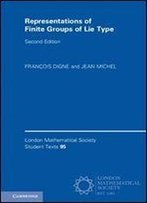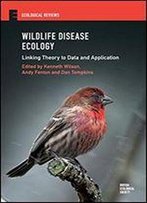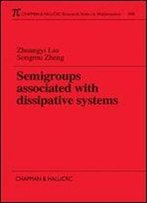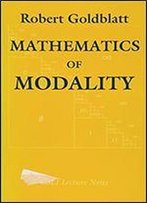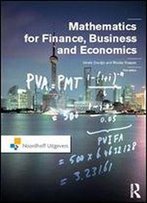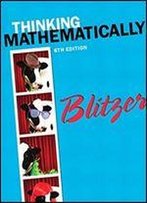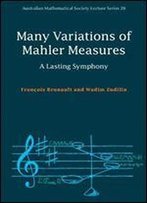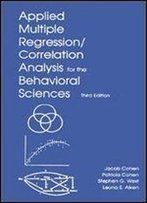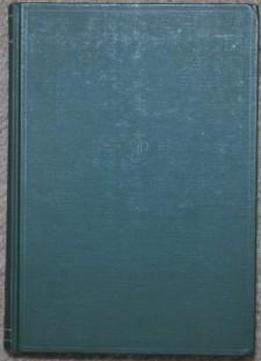
Number Theory (pure & Applied Mathematics)
by Igor R. Shafarevich /
1966 / English / PDF
16.4 MB Download
Modern number theory, according to Hecke, dates from Gauss's
quadratic reciprocity law. The various extensions of this law and
the generalizations of the domains of study for number theory have
led to a rich network of ideas, which has had effects throughout
mathematics, in particular in algebra. This volume of the
Encyclopaedia presents the main structures and results of algebraic
number theory with emphasis on algebraic number fields and class
field theory. Koch has written for the non-specialist. He assumes
that the reader has a general understanding of modern algebra and
elementary number theory. Mostly only the general properties of
algebraic number fields and related structures are included.
Special results appear only as examples which illustrate general
features of the theory. A part of algebraic number theory serves as
a basic science for other parts of mathematics, such as arithmetic
algebraic geometry and the theory of modular forms. For this
reason, the chapters on basic number theory, class field theory and
Galois cohomology contain more detail than the others. This book is
suitable for graduate students and research mathematicians who wish
to become acquainted with the main ideas and methods of algebraic
number theory.
Modern number theory, according to Hecke, dates from Gauss's
quadratic reciprocity law. The various extensions of this law and
the generalizations of the domains of study for number theory have
led to a rich network of ideas, which has had effects throughout
mathematics, in particular in algebra. This volume of the
Encyclopaedia presents the main structures and results of algebraic
number theory with emphasis on algebraic number fields and class
field theory. Koch has written for the non-specialist. He assumes
that the reader has a general understanding of modern algebra and
elementary number theory. Mostly only the general properties of
algebraic number fields and related structures are included.
Special results appear only as examples which illustrate general
features of the theory. A part of algebraic number theory serves as
a basic science for other parts of mathematics, such as arithmetic
algebraic geometry and the theory of modular forms. For this
reason, the chapters on basic number theory, class field theory and
Galois cohomology contain more detail than the others. This book is
suitable for graduate students and research mathematicians who wish
to become acquainted with the main ideas and methods of algebraic
number theory.

